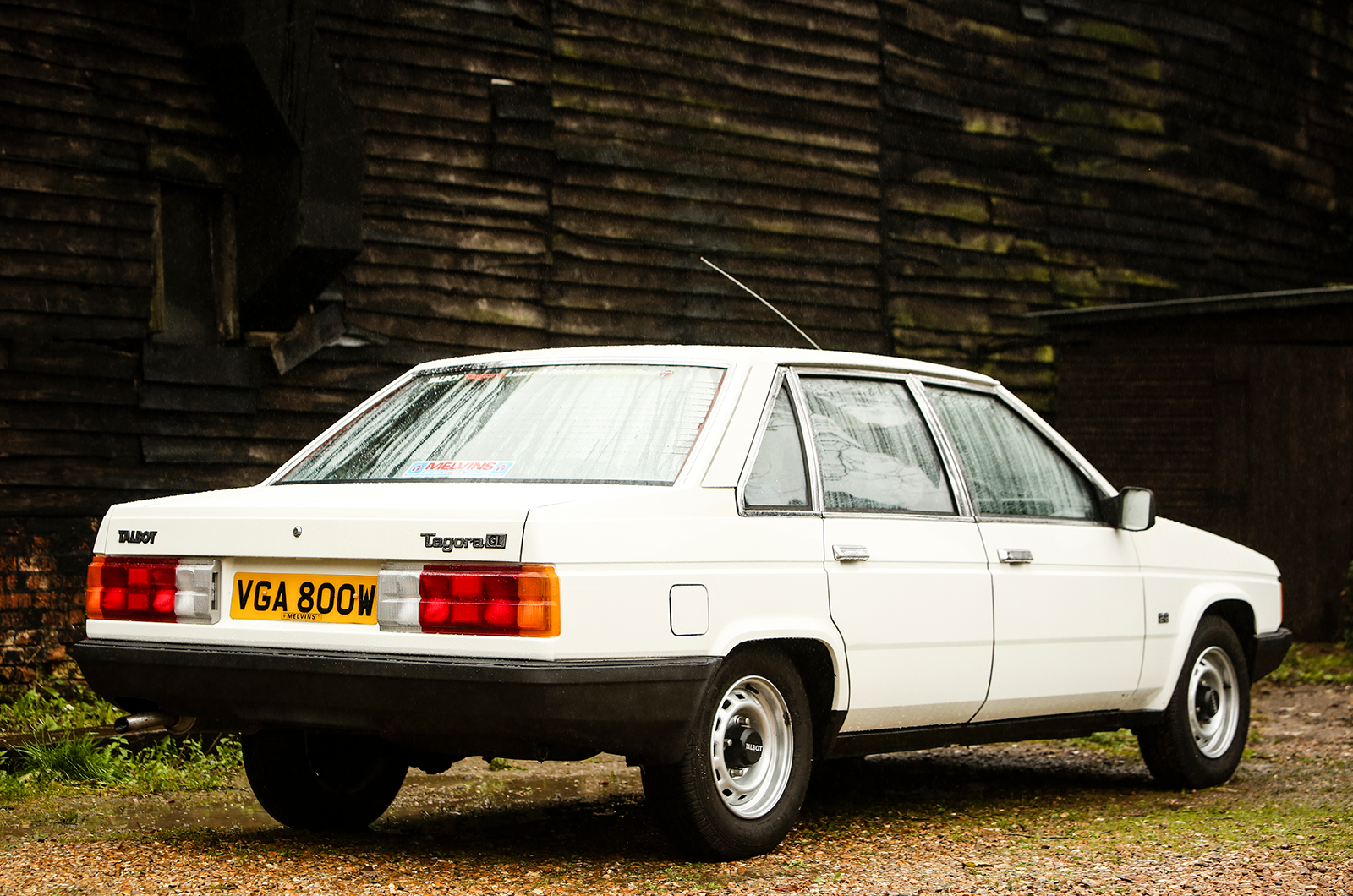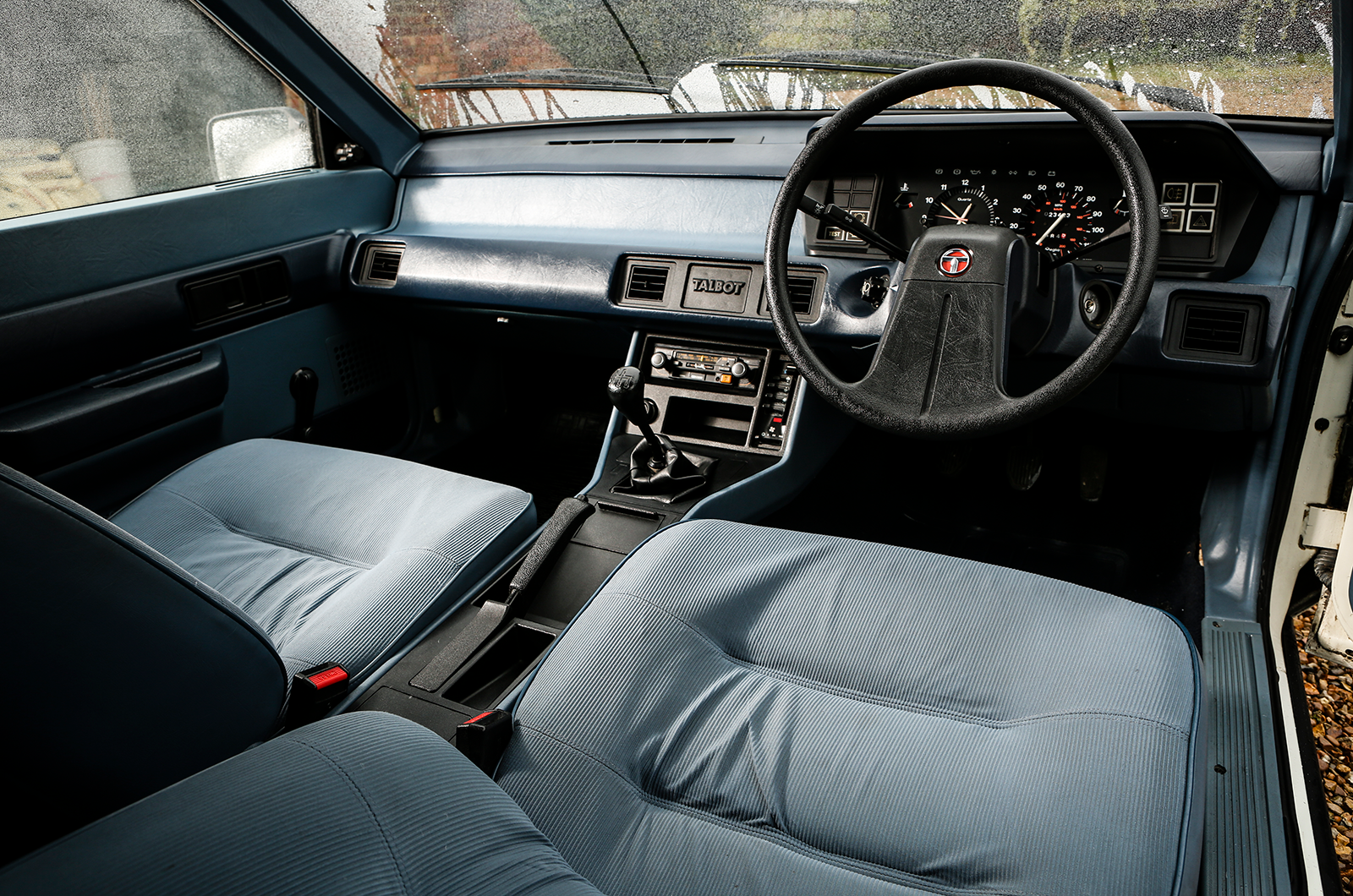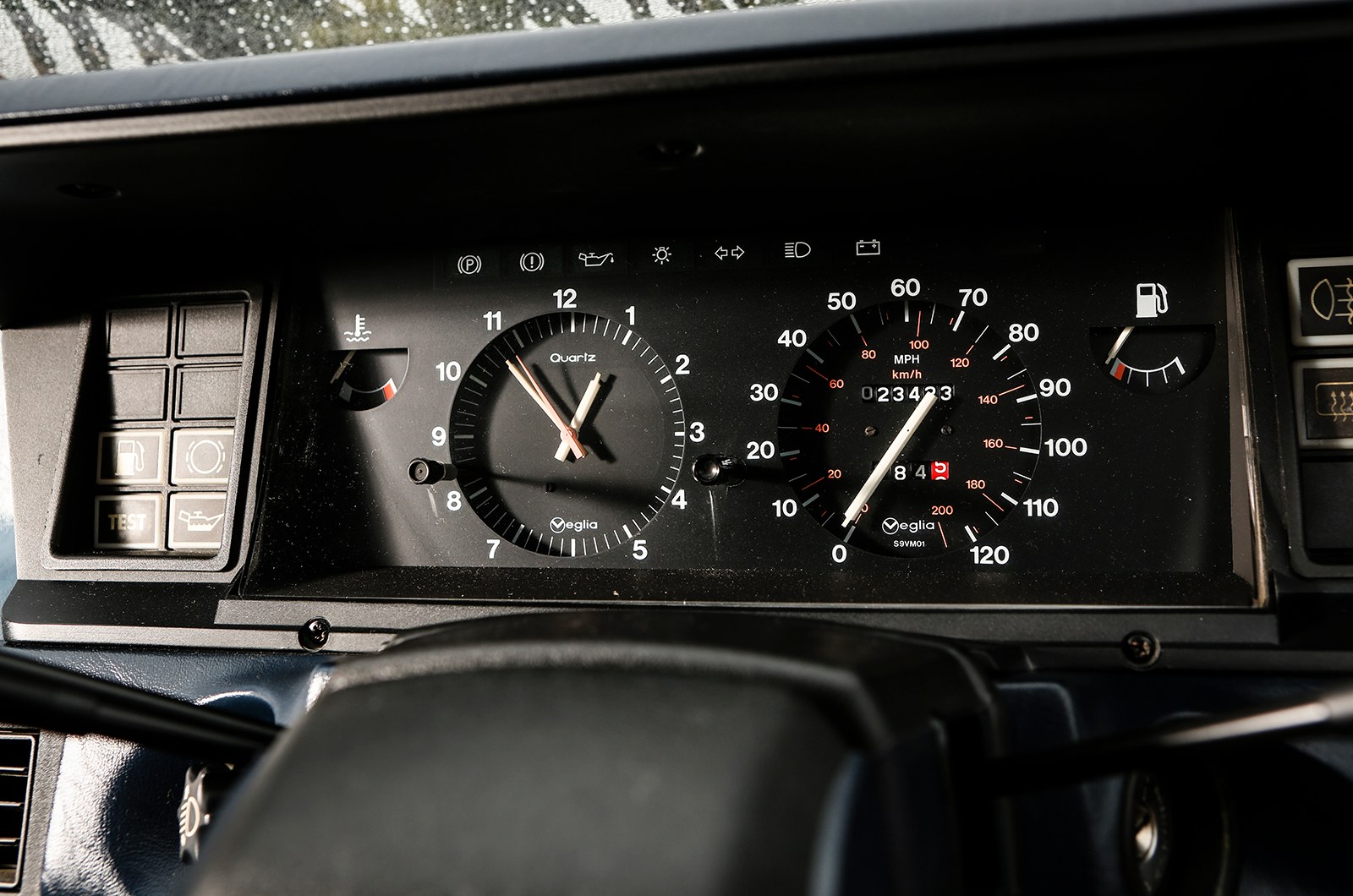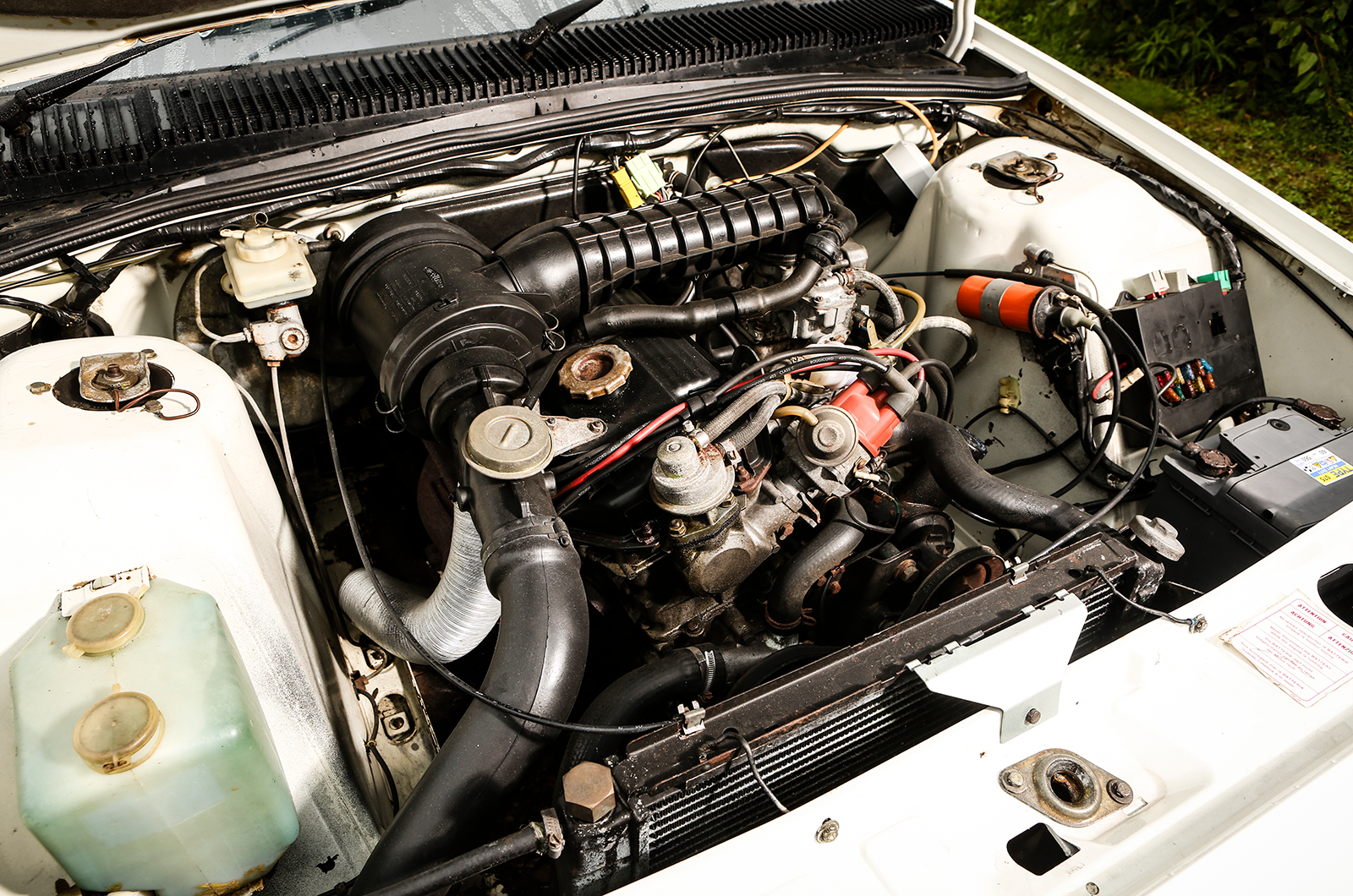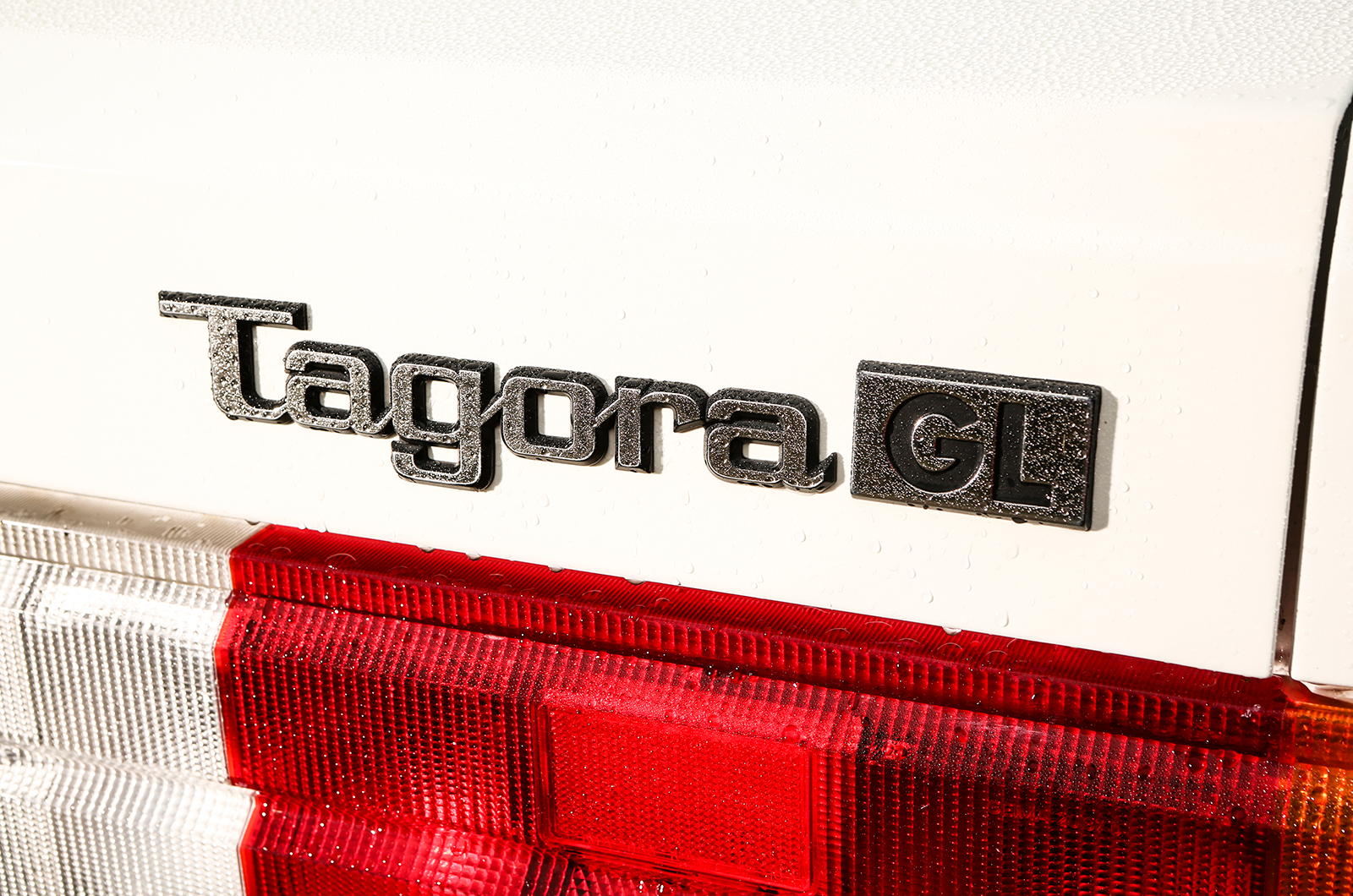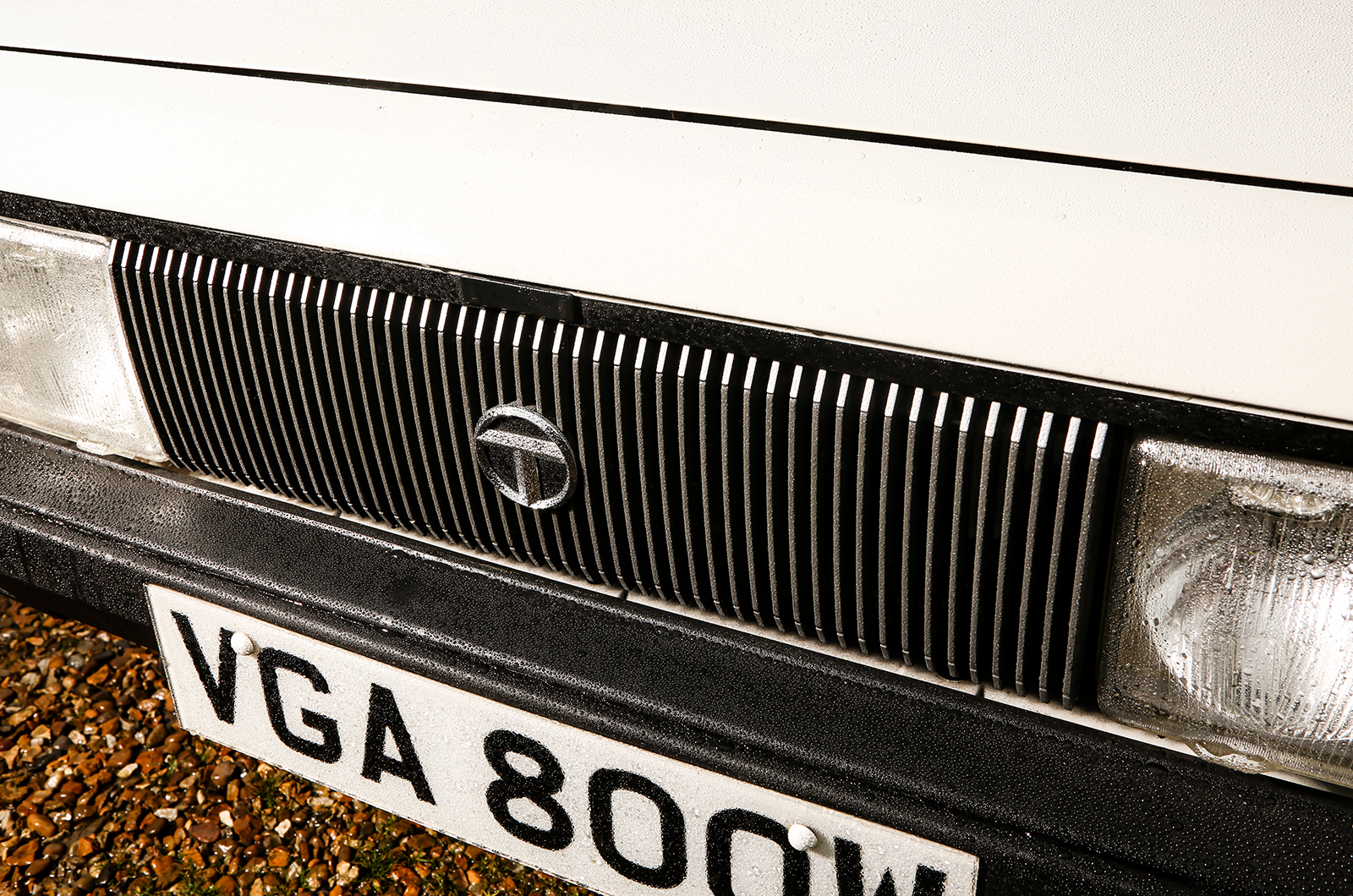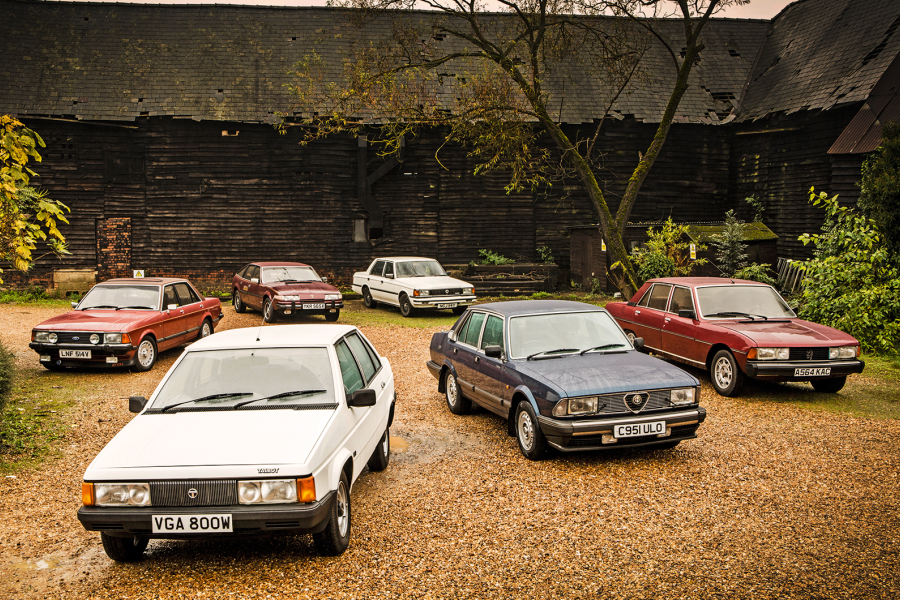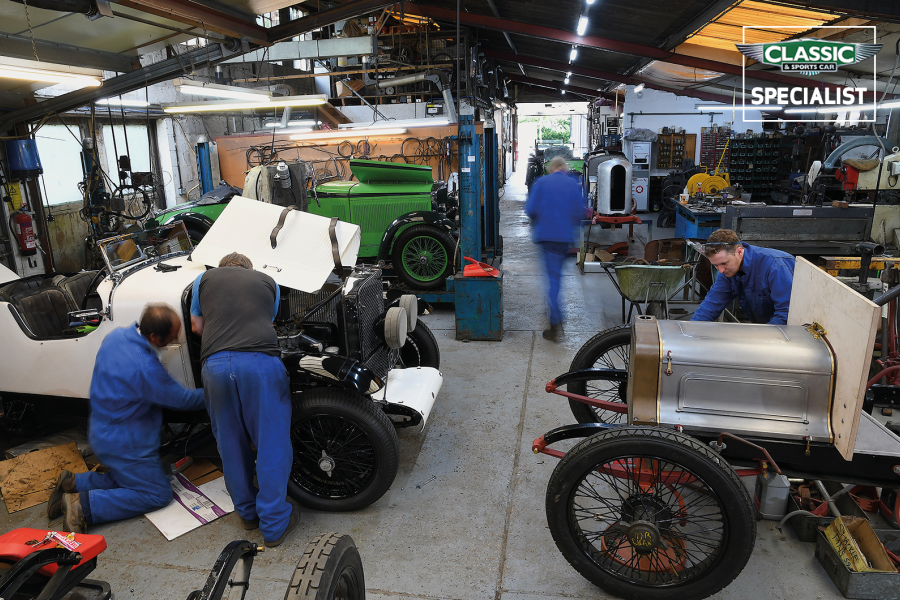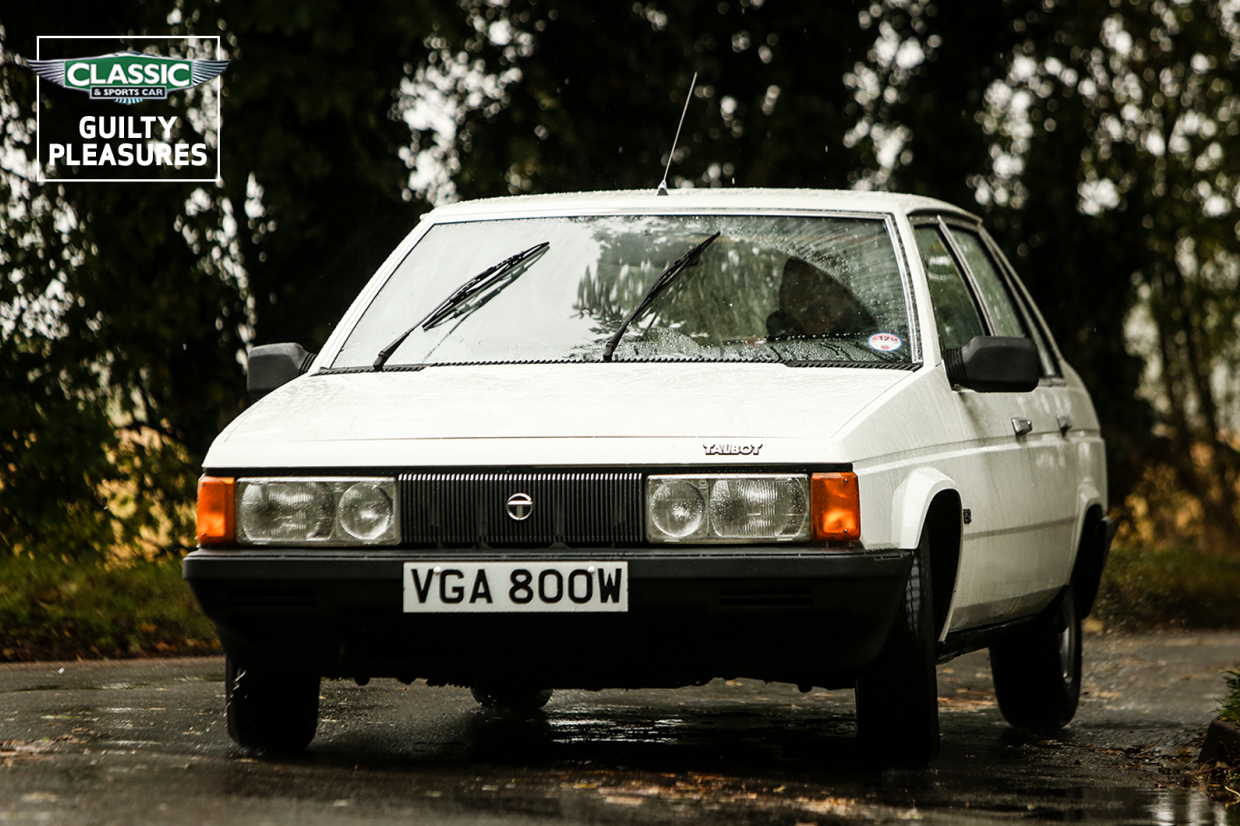
Born into the world with the cards stacked against it, the Talbot Tagora is now among the rarest vehicles on Britain’s roads – if there are indeed any still running.
It was conceived in the mid-’70s as a successor to the Chrysler 180/2 Litre range and was simply too far down the developmental line to be cancelled when Peugeot took over Chrysler Europe in 1979.
As a result, just as the target market didn’t want to buy the Tagora, its creators didn’t really want to build it – especially as it provided undesirable in-house competition for the Peugeot 604 and Citroën CX.
Unwanted it may have been, but the Tagora was not actually a bad car. Its only serious failing was poor fresh air ventilation, but it simply lacked the party tricks to woo buyers away from the established competition.
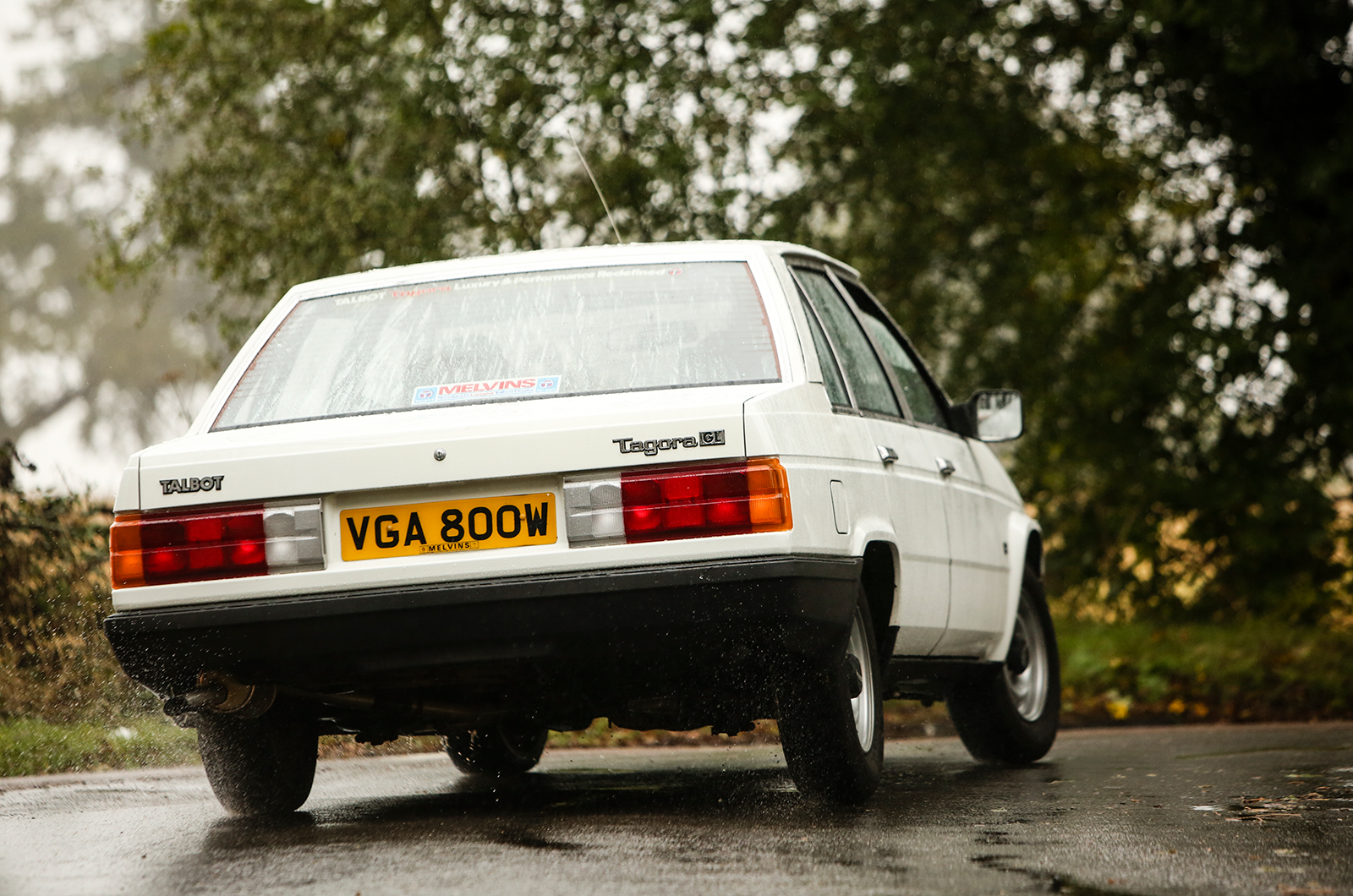
Even as a kid the sheer fatuousness of this machine fascinated me, mainly because I couldn’t imagine anybody ever wanting to buy a big luxury saloon with a Talbot moniker.
In fact, that badge – and the tortured, tangled history behind it – explains much about the Tagora’s lack of appeal.

